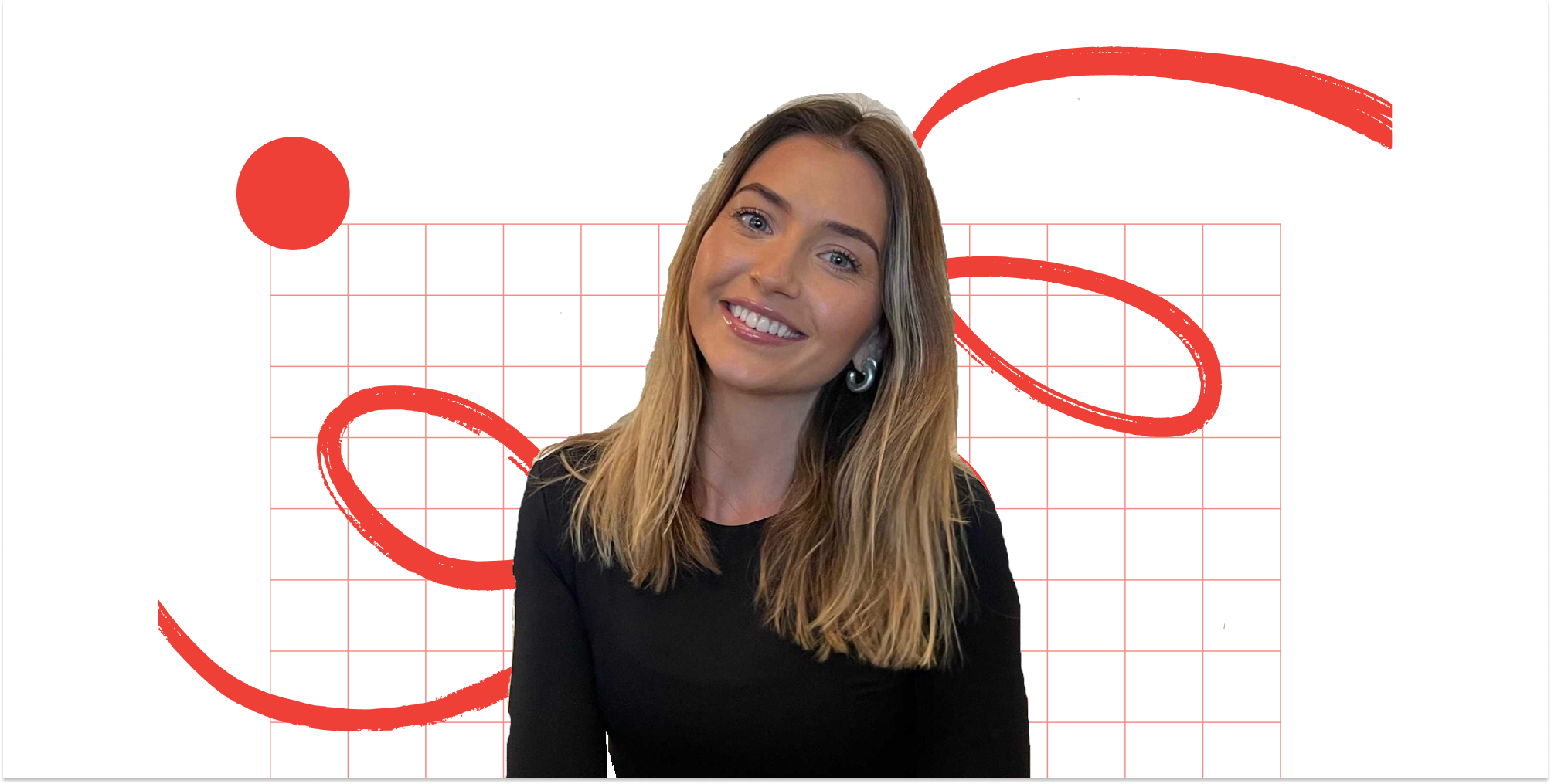2022 was a great year for my company, Book Salon. We tripled revenue for our salon appointment booking software, raised €3m from investors and expanded into the Nordics and the UK. Seed-stage goals: complete.
2023 put the breaks on our optimism.
Our plan was to raise a €10m Series A round this spring to keep our engine going. But the economic situation had changed the game, and investors’ pocketbooks were shut. Here’s how we navigated the situation — and what other founders in our situation should be thinking about.
Preparing to raise a Series A
Our aim was to have a US investor lead our Series A because there’s a lot of interest in the US in strict vertical industry startups — and we'd had the most traction and interest from the US investors previously. We kicked off discussions with US investors right around when we raised our seed round in the spring of 2022, knowing it was better to start conversations early. As all founders and CEOs who are in fundraising mode know, finding the lead investor and closing the round takes time.
It soon became clear that raising funding from the US had already become significantly more difficult. Investors were pulling out of discussions for various reasons: some said they had changed their investment mandate to only cover the domestic market, some decided to stop investing in anything but Series B rounds or bigger due to the risks. Others said they’d only do rounds in their existing portfolio companies.
Raising money on the terms we wanted had become impossible
After weeks of long discussions and late nights, building what I thought were good relationships, and preparing a lot of materials for the investors, it felt like a slap on a face when some of them sent the most junior member of the team to bring the bad news.
The red flags truly started rising when we saw hesitation from investors in the Nordics later that summer. By the end of summer, we knew that the market was hitting some serious rocks. Raising money on the terms we wanted had become impossible.
Sink or swim
It was either sink or swim. Our customers are micro-entrepreneurs — small beauty, hair and wellness salons or individual service providers — who rely heavily on local and immediate customer service. Growing in Europe usually means having multiple different languages you need to fully operate in on a native level, so in our case, we need to have customer service providers in Swedish, Norwegian, English, and so on. That requires us to keep continuously investing in both customer service to support our existing customers and sales to reach potential new customers. We couldn’t continue with our growth ambitions without more outside investment.
During the autumn, I felt annoyed and frustrated. It is a cold shower when you and your team have done everything right and the world around us changed at the worst possible time. While my team was celebrating the successful year with champagne at our company Christmas party, I sat alone in a dark corner, thinking of the moves we needed to make. So I booked myself a meeting room by myself, and decided that it was time to pivot — in the direction I didn’t originally want to.
Instead of a Series A, we settled for €2m in bridge funding from existing investors. They had already suggested a bridge round in 2022. But I didn’t want to accept it at the time, because it wasn’t part of the plan. As an entrepreneur, you need to have faith and robust conviction in your path. But, as I learnt this time, if you aren't ready to ever change your plan, you'll sink with your ambition.
Instead of a hockey stick, our growth for the foreseeable future looks a bit like a very steep hill
A bridge round is a smaller financing round, usually raised from existing investors between bigger funding rounds. This injection of funds can help you keep your operations going as they have been, and it can help you through tougher times, like in the current economic environment.
A bridge round isn't enough capital to maintain the extremely high growth trajectory tech founders are usually looking for. That’s why for us, instead of a hockey stick, our growth for the foreseeable future looks a bit like a very steep hill. We’re still running up it at a steady pace, but not sprinting up like we wanted to.
This funding has kept us going, and although we’ve made other adjustments to extend our runway, like cutting down on the marketing budget and freezing hiring for the time being, it seems that we made the right decision. No one has been laid off, and in March 2023, we hit our all-time sales record.
Companies talk about pivoting business models, but founders should also be open to pivoting fundraising plans too. Because at the end of the day, the most important thing is finding a way forward for your business, your team and your customers.



